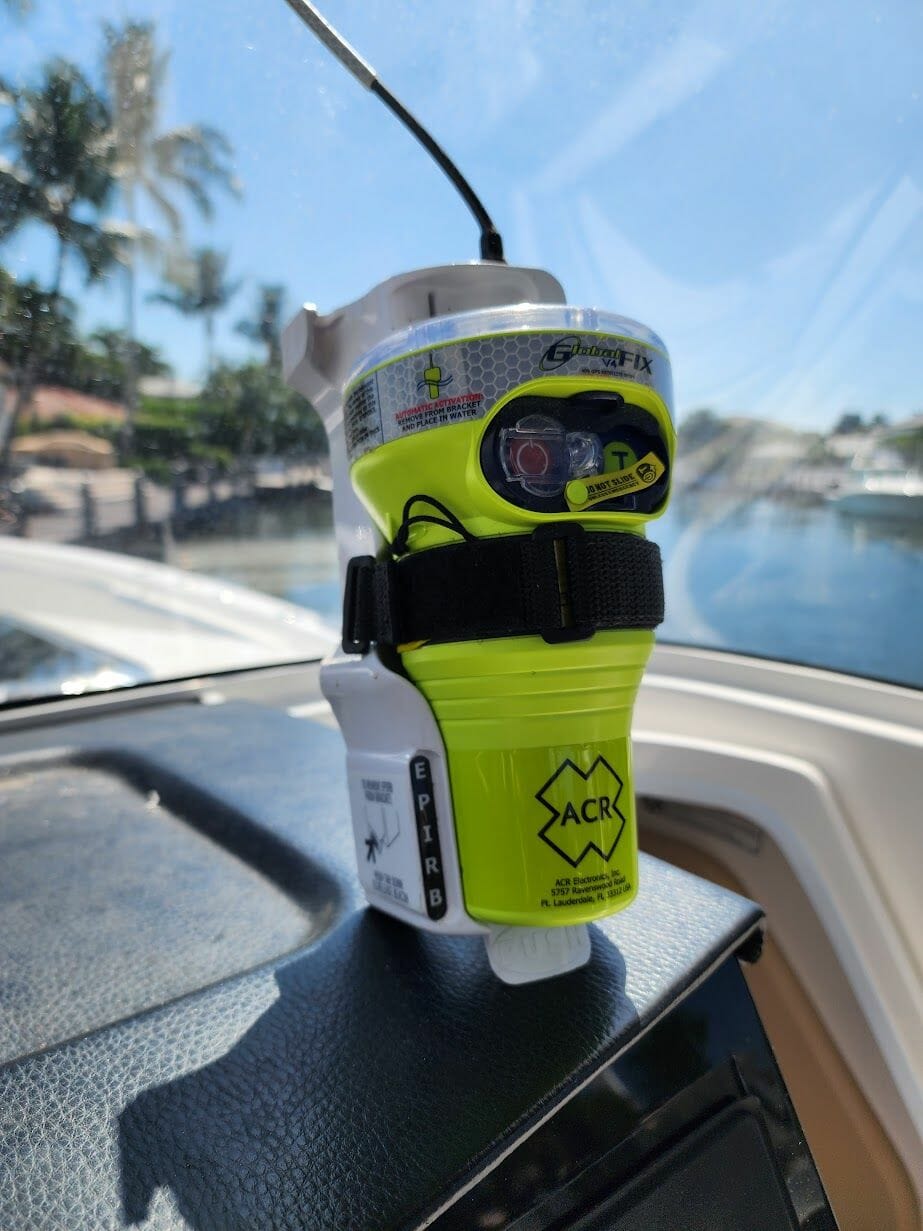Emergency Position Indicating Radio Beacons (EPIRBs) have become crucial components of maritime communication and safety, making boaters’ lives easier, and more importantly, safer. With an ever-increasing number of boating accidents or emergencies, having an EPIRB on board can be the difference between life and death. In this article, we will explore what an EPIRB is, how it works, and why it’s so important for your boat safety.
What is an EPIRB?
An EPIRB is an emergency position-indicating radio beacon, a device designed to transmit a distress signal in life-threatening situations, facilitating search and rescue efforts. They can be manually activated or, in some cases, automatically triggered if submerged in water. EPIRBs are compulsory on many commercial and passenger vessels, and they are highly recommended for recreational boats, especially if you plan to go offshore or sail in remote areas.
How Does an EPIRB Work?
Activation and Registration
First, an EPIRB must be properly registered with the appropriate authority in your country, providing important information like boat details and emergency contacts. In the event of an emergency, this information will be used by the authorities to coordinate the search and rescue actions, contact your family or friends, and provide details on your vessel, which may be necessary during the response.
When needed, the EPIRB can be manually activated or, in some cases, set to trigger automatically if submerged in water. It is crucial that you familiarize yourself with the EPIRB’s activation process so that you can activate it quickly and effectively in an emergency.
Distress Signal and Location Data
Once activated, the EPIRB will start transmitting a distress signal on either the 406 MHz or 121.5 MHz frequency, depending on the type of EPIRB you own. The signal contains your unique identification number, which is matched to your registration information in a dedicated database.
The distress signal is detected by the Cospas-Sarsat satellite system, an international search and rescue system designed to quickly locate and assist people in distress. The satellite system calculates your location based on the Doppler effect, which, in simple terms, is the change in frequency and wavelength of the radio signal as it moves in relation to the satellite.
More advanced EPIRBs additionally have a built-in GPS system to provide even more precise location data, improving search and rescue teams’ chances of finding you.
Alerting the Search and Rescue Teams
Once the satellite system calculates your position, it relays your location and identification data to a rescue coordination center (RCC). The RCC then initiates the search and rescue efforts, uses the information provided during registration to contact your emergency contacts, and provides necessary details about your vessel to the responding teams.
Importance of EPIRB for Your Boat Safety
Faster and More Efficient Search and Rescue
EPIRBs significantly improve the chances of successful search and rescue operations by quickly providing accurate location data to rescue teams. The sooner the authorities receive this information, the faster they can dispatch rescue resources to your location, making a critical difference in life-threatening situations.
Greater Peace of Mind
Whether you’re a casual boater or an experienced sailor, accidents or emergencies can happen anytime, anywhere. Having an EPIRB on board provides greater peace of mind, knowing that you have a communication lifeline that can alert the authorities to your position in case of an emergency.
Compliance with Regulations
Depending on your location, boat size, and type of voyage, you may be required by law to carry an EPIRB on board. Not only is it essential for your boat’s safety, but it may also help you avoid potential fines or penalties.
An EPIRB is a crucial device for any boat, as it greatly improves the chances of a successful rescue operation in an emergency. By registering your EPIRB, familiarizing yourself with its activation process, and understanding its operation, you can take a significant step towards ensuring the safety of you, your passengers, and your vessel in the overwhelmingly vast and unpredictable marine environment.


